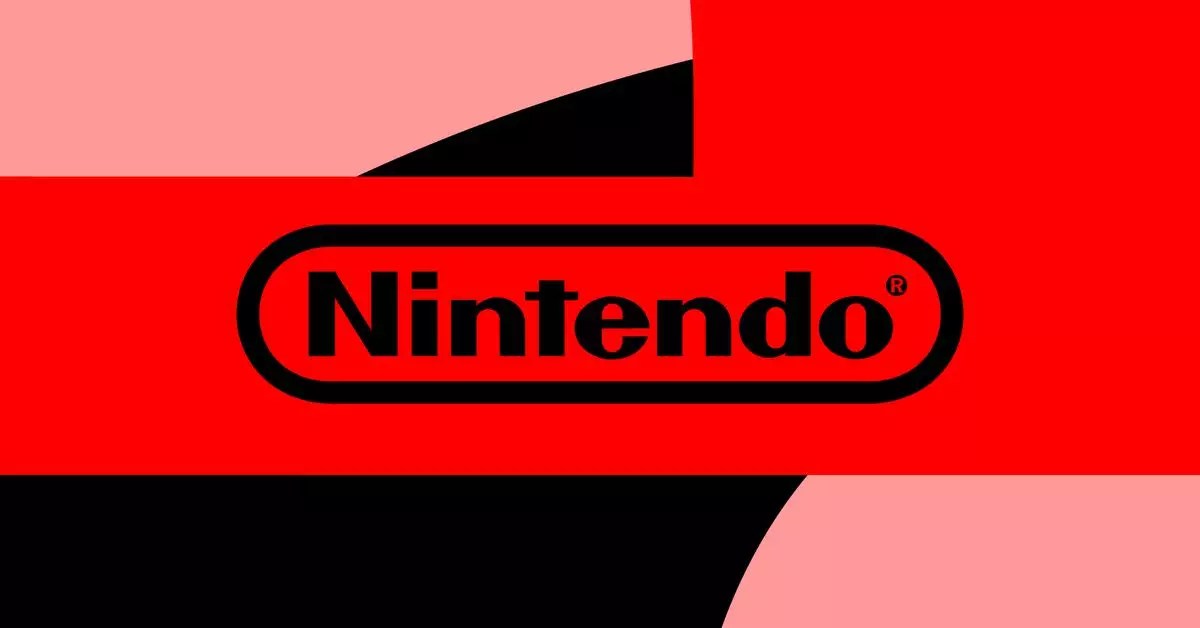As the gaming community awaits news from Nintendo regarding its long-speculated successor to the Switch, the anticipation is marked by key details that have been released. While the specifics about the upcoming console remain ambiguous, one important announcement has reassured fans: the new system will offer backward compatibility for existing Switch games. This is a significant development for gamers who have invested both time and money into the Nintendo ecosystem, as it guarantees that their extensive libraries will remain accessible. Additionally, seamless integration of existing Nintendo Switch Online services signifies that users will not lose their digital investments.
The recent announcement was made during Nintendo’s midyear policy briefing. The company has committed to sharing more information about the new console in the coming months, promising excitement for both devoted fans and casual gamers alike. This forthcoming console, often dubbed “Switch 2” in the gaming community, will undoubtedly continue to carry the legacy of a device that has sold an impressive 146 million units since its launch, a testament to its enduring popularity.
In the same briefing where the backward compatibility news emerged, Nintendo shared mixed sales figures for their current flagship console. Over the last quarter, the Switch sold approximately 4.72 million units—a drop of 31% compared to the same period last year. While such a drop might raise alarm bells for some, it’s essential to contextualize this figure within the console’s lifespan; such numbers are not unusual eight years post-launch.
The Switch has proven to be a titan in the gaming world, reaching groundbreaking milestones in software sales, with an astonishing 1.3 billion game units sold as of September 30, 2024. Such achievements underscore Nintendo’s successful venture into a hybrid model, combining handheld and console experiences. However, a slight decline in subscription numbers for Nintendo Switch Online—from about 34 million members—hints at potential areas of concern regarding player engagement and satisfaction.
As the conversation around Nintendo’s future console continues, it’s critical to reflect on backward compatibility’s significance across the industry. Historically, console manufacturers have had mixed success with this feature, with both Xbox and PlayStation having made notable strides toward allowing players to access older titles. Yet, Nintendo’s journey with backward compatibility has been complicated, particularly due to its decision to switch from discs to cartridges with the transition from the Wii U to the Switch.
For gamers hoping to revive memories of previous Nintendo titles, current options are limited. Accessing legacy games often relies on optimism—either waiting for remastered versions to be released or hoping that beloved titles make their way onto the Switch Online library. Nevertheless, as Nintendo reaffirms its commitment to backward compatibility, it appears this forthcoming console may bridge the gap between nostalgia and modern gaming.
The discourse surrounding backward compatibility is not just about player satisfaction; it also delves into broader issues of video game preservation. This topic has gained increasing importance in recent years, especially as many classic titles become “critically endangered.” A report from the Video Game History Foundation reveals that an alarming 87% of games released before 2010 are no longer readily available for purchase.
Nintendo has contributed to the efforts of game preservation by bringing some classics to the Switch. However, many cherished games remain inaccessible, making it imperative for the company to take further steps in ensuring that its storied past is preserved for future generations of gamers. As the gaming landscape becomes more transient and digital-only offerings grow, the preservation of these experiences must become a priority not just for Nintendo, but for the entire gaming community.
As Nintendo approaches the launch of its next console, the reassuring news of backward compatibility creates optimism among gamers. The company’s commitment to carryover services blends nostalgia with innovation, fostering a connection with an audience that spans generations. Yet, as we celebrate these advancements, we must remain vigilant about the broader implications of game accessibility and preservation in a rapidly evolving industry. With the right approach, Nintendo can solidify its status as a champion of both legacy and innovation, making history accessible for players both today and tomorrow.


Leave a Reply